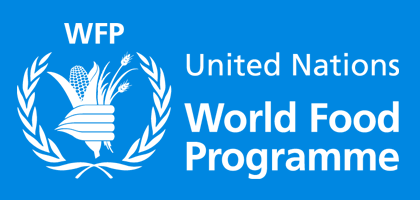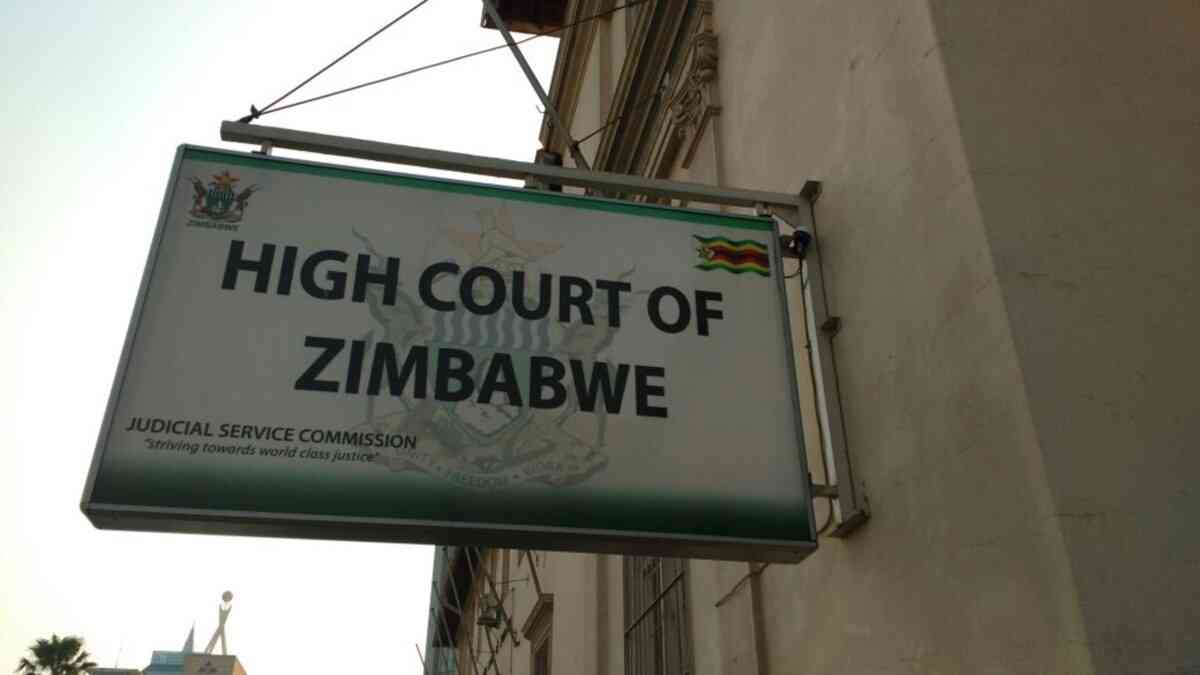
AN estimated 2,2 million people in rural areas will be in need of emergency food aid before the end of the year, the highest figure since 2009, when more than half the population needed food relief.
Nduduzo Tshuma
The World Food Programme (WFP) said one in four people in rural areas were likely to go hungry and needed urgent intervention.
“Many districts, particularly in the south, harvested very little and people are already trying to stretch out their dwindling food stocks,” the WFP country director Sory Ouane said in a statement.
“WFP is working closely with the government and partners to respond to the looming food crisis and will start food and cash distributions to the most vulnerable in October.”
The Zimbabwe Vulnerability Assessment Committee (ZimVac), which includes the government and United Nations bodies, attributed the shortage of food to poor rainfall which has seen maize production fall by almost half in the past three years. The country faces a maize deficit of 870 000 metric tonnes (MT), after it only produced 800 000MT compared to 1,4 million MT in 2010.
“The Agriculture Mechanisation and Irrigation Development ministry estimates the country will face a harvest cereal deficit of about 870 000 metric tonnes in the 2013-2014 consumption year,” the ZimVac report reads.
Production of maize, small grains, groundnuts and cotton declined sharply in the past three years, while there was a slight increase in tobacco production. In a statement yesterday, WFP official Victoria Cavanagh said the organisation and its partners would provide regionally procured cereals, imported vegetable oil and pulses to meet the increased needs.
- Chamisa under fire over US$120K donation
- Mavhunga puts DeMbare into Chibuku quarterfinals
- Pension funds bet on Cabora Bassa oilfields
- Councils defy govt fire tender directive
Keep Reading
“Cash transfers will be used in selected areas to afford people flexibility and help support local markets,” she said.
“Distributions will be gradually scaled up from October until harvest time in March next year. “The current high levels of food insecurity are being attributed to various factors including adverse weather conditions, the unavailability and high cost of agricultural inputs such as seeds and fertilisers and projected high cereal prices due to the poor maize harvest.”
Cavanagh said last year the government contributed grain worth $10 million from domestic stocks towards a joint relief operation with WFP and partners. “This programme provided food assistance to some 1,4 million people in 37 rural districts,” he said.
“To help people withstand future droughts and other shocks, WFP has been implementing a Food for Assets programme in rural Zimbabwe since June.
“Under this programme, vulnerable communities receive food while taking part in projects such as the construction of community irrigation systems and deep wells.”
Matabeleland North has the highest percentage of vulnerability, with 40% of the population in need of food aid, followed by Masvingo with 33%, Matabeleland South 32% and the Midlands with 41%.
Mashonaland West is the most food secure, with only 13% in need of food aid. In 2012-2013, 19% of the rural population was in need of food aid, with the number rising to 25%, representing, 2 206 924 people.










